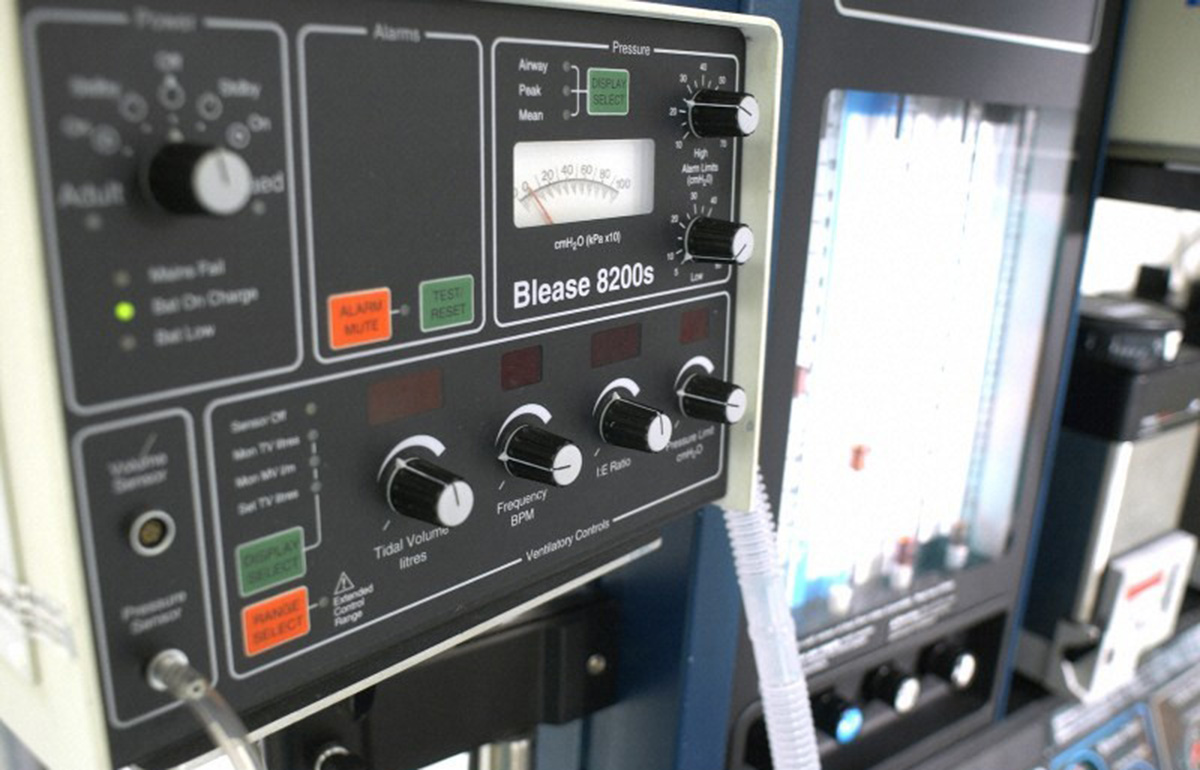Table of Contents
When people are put under anesthesia, it is often called “going to sleep” and now according to new research, that is exactly what happens. New evidence in a study done on mice was reported in the Current Biology publication in October of 2012. The study found the drugs didn’t just turn off wakefulness, but it also turned on sleep circuits in the brain.

Doctors and researchers have long wondered just how anesthesia works on the human brain and the differences between anesthetic induced sleep natural sleep. While even the deepest sleeper can be roused using various types of stimulus, someone under anesthesia will maintain a steady slumber state even in spite of all the painful and grueling physical assaults physical surgery can bring.
In the study, the researcher team focused on a particular portion of the brain, deep inside the hypothalamus. In this area, there is an increase in activity once a subject goes to sleep. Through using a combination of electronic recording and other methods, scientists found that the anesthesia drug isoflurane boosted activity in this area of the brain. Further evidence shows neuron function in that area of the brain becomes more resistant during exposure to anesthesia.
These findings are not only very important for clinical reasons, but could also go a long way in providing important information about anesthesia. Anesthetics are given to about 230 million people each year all over the world and yet, there is still more information to be learned.
Investigative researchers from Massachusetts General Hospital and the Massachusetts Institute of Technology have identified a pattern of brain activity which signals the precise moment someone loses consciousness when under general anesthesia. Though the study only involved the use of propofol, researchers believe the findings can be applied to other types of general anesthesia drugs and may lead to better monitoring of anesthetized patients.
Finding out how anesthetics induce unconsciousness is a major scientific mystery, so finding out the information is extremely important because it shows how the mechanism of action in propofol works.
However, the recent study measured the activity on both single neurons and neuronal networks in three patients who had electrodes installed in their brain to help diagnose epilepsy. During the onset of the surgical procedure to remove the electrodes, patients were requested to press a button when they heard a distinct tone which was generated every four or five seconds. When a patient failed to respond three simultaneous times, the five second period defined by those tones was outlined as the time consciousness was achieved.
See Also: Report Says U.S. Doctors Prescribe Too Much Drugs And Don't Think About Alternative Treatments
In Conclusion
The findings of all of these research studies show the human brain undergoes some profound and complex changes when under the influence of anesthesia. Having as much information about how anesthesia influences the human brain will help anesthesiologists develop better and safer ways of methods of anesthetizing patients and thus reducing the mortality rates for people undergoing surgical procedures which require anesthesia.
- Photo courtesy of isafmedia by Flickr : www.flickr.com/photos/isafmedia/4514707599
- Photo courtesy of Wellcome Images by Flickr : www.flickr.com/photos/wellcomeimages/12656319954
- www.netwellness.org/healthtopics/anesthesiology/anesthesiabraineffects.cfm
- healthland.time.com/2011/08/04/under-the-knife-study-shows-rising-death-rates-from-general-anesthesia/
- www.ncbi.nlm.nih.gov/pmc/articles/PMC2552979/#__sec6title
- www.sciencedaily.com/releases/2014/06/140618135834.htm
- www.sciencedaily.com/releases/2012/11/121105151338.htm


Your thoughts on this